
Kód: 01417195
Field Manual of Techniques in Invertebrate Pathology
Autor Lawrence A. Lacey, Harry K. Kaya
The Field Manual of Techniques in Invertebrate Pathology is designed to provide background and instruction on a broad spectrum of techniques and their use in the evaluation of entomopathogens in the field. The second edition of th ... celý popis
- Jazyk:
 Angličtina
Angličtina - Väzba: Pevná
- Počet strán: 868
Nakladateľ: Springer-Verlag New York Inc., 2007
- Viac informácií o knihe

Mohlo by sa vám tiež páčiť
-
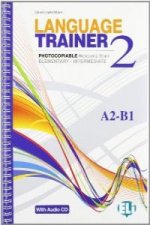
Language Trainer
40.79 € -
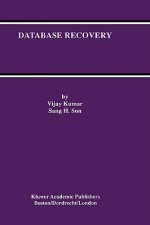
Database Recovery
212.70 € -
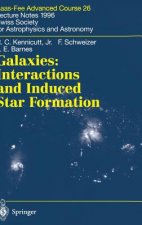
Galaxies: Interactions and Induced Star Formation
138.31 € -
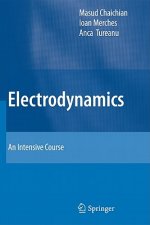
Electrodynamics
124.71 € -

Far Reaches
181.14 € -

Education in Non-EU Countries in Western and Southern Europe
318.75 € -

Politický a ekonomický slang
7.91 € -21 %
Darčekový poukaz: Radosť zaručená
- Darujte poukaz v ľubovoľnej hodnote, a my sa postaráme o zvyšok.
- Poukaz sa vzťahuje na všetky produkty v našej ponuke.
- Elektronický poukaz si vytlačíte z e-mailu a môžete ho ihneď darovať.
- Platnosť poukazu je 12 mesiacov od dátumu vystavenia.
Viac informácií o knihe Field Manual of Techniques in Invertebrate Pathology
Nákupom získate 599 bodov
 Anotácia knihy
Anotácia knihy
The Field Manual of Techniques in Invertebrate Pathology is designed to provide background and instruction on a broad spectrum of techniques and their use in the evaluation of entomopathogens in the field. The second edition of the Field Manual provides updated information and includes two additional chapters and 12 new contributors. The intended audience includes researchers, graduate students, practitioners of integrated pest management (IPM), regulators and those conducting environmental impact studies of entomopathogens. Although it can function as a stand alone reference, the Field Manual is complementary to the laboratory oriented Manual of Techniques in Insect Pathology and to comprehensive texts in insect pathology.§The Editors have structured the 40 chapters of the Field Manual into 10 sections to provide the tools required for planning experiments with entomopathogens and their implementation in the field. The basic tools include chapters on the theory and practice of application of microbial control agents (MCAs) (Section I), statistical considerations in the design of experiments (Section II), and three chapters on application equipment and strategies (Section III). Section IV includes individual chapters on the major pathogen groups (virus, bacteria, microsporidia, fungi, and nematodes) and special considerations for their evaluation under field conditions. This section sets the stage for subsequent chapters on the impact of naturally occurring and introduced exotic pathogens and inundative application of MCAs. Twenty-three chapters on the application and evaluation of MCAs in a wide variety of agricultural, forest, domestic and aquatic habitats comprise Section VII of the Field Manual. In addition to insect pests, the inclusion of mites and slugs broadens the scope of the book. Most of the chapters in this section include step by step instructions on handling of inoculum, design of field experiments and experimental plots and application and assessment of efficacy of dozens of MCAs. Several of these chapters include supplementary techniques and media for conducting follow up laboratory studies for confirmation of infection, determination of persistence, etc. The three final chapters include: special consideration for evaluation of Bt transgenic plants (Section VIII); resistance to insect pathogens and strategies to manage resistance (Section IX); and guidelines for evaluating effects of MCAs on nontarget organisms (Section X).§Due to uncertainty regarding the future availability of organophosphate and other conventional chemical insecticides, MCAs will play increasingly important roles in IPM. The Field Manual will provide researchers and IPM practitioners with techniques and practical guidance for the study and optimal use of MCAs in a variety of settings.This field manual is designed to provide background and instruction on a broad spectrum of techniques and their use in the evaluation of entomopathogens in the field. The second edition provides updated information and includes two additional chapters and 12 new contributors. The intended audience includes researchers, graduate students, practitioners of integrated pest management (IPM), regulators and those conducting environmental impact studies of entomopathogens.
 Parametre knihy
Parametre knihy
Zaradenie knihy Knihy po anglicky Mathematics & science Biology, life sciences Zoology & animal sciences
240.41 €
- Celý názov: Field Manual of Techniques in Invertebrate Pathology
- Podnázov: Application and Evaluation of Pathogens for Control of Insects and other Invertebrate Pests
- Autor: Lawrence A. Lacey, Harry K. Kaya
- Jazyk:
 Angličtina
Angličtina - Väzba: Pevná
- Počet strán: 868
- EAN: 9781402059315
- ISBN: 1402059310
- ID: 01417195
- Nakladateľ: Springer-Verlag New York Inc.
- Hmotnosť: 2465 g
- Rozmery: 260 × 195 × 50 mm
- Dátum vydania: 04. October 2007
Obľúbené z iného súdka
-
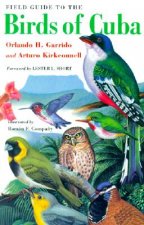
Field Guide to the Birds of Cuba
24.95 € -19 % -
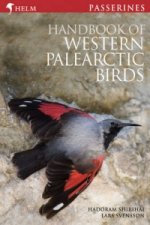
Handbook of Western Palearctic Birds
146.43 € -19 % -

Bach Flower Remedies For Animals
21.81 € -23 % -

Mammals of Costa Rica
24.95 € -19 % -

Wolves
31.65 € -
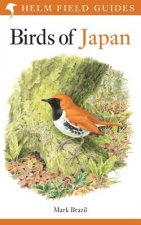
Birds of Japan
43.63 € -

Birds of Argentina and Southwest Atlantic V 1
42.11 € -1 % -
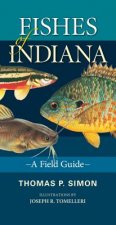
Fishes of Indiana
26.07 € -

End of the Megafauna
35.31 € -2 % -
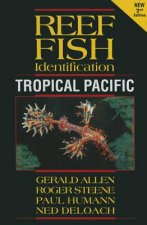
Reef Fish Identification
46.67 € -3 % -

Essentials of Clinical Anatomy of the Equine Locomotor System
87.06 € -
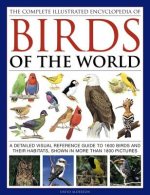
Complete Illustrated Encyclopedia of Birds of the World
21.81 € -23 % -
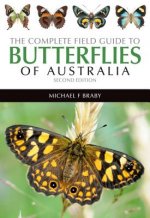
Complete Field Guide to Butterflies of Australia
46.06 € -
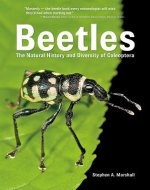
Beetles
70.01 € -23 % -

In The Shadow Of Man
17.95 € -2 % -

Wisdom of Wolves
23.23 € -14 % -
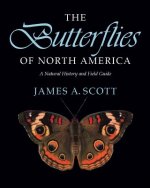
Butterflies of North America
64.23 € -2 % -
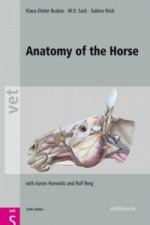
Anatomy of the Horse
99.85 € -
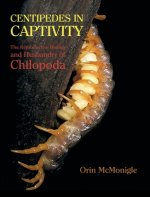
Centipedes in Captivity
71.23 € -

Nature of Horses
11.05 € -23 % -

Rise of Marine Mammals
85.85 € -
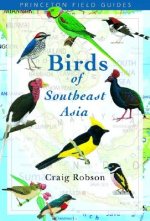
Birds of Southeast Asia
29.01 € -19 % -
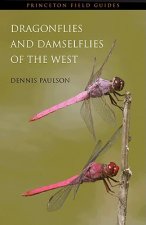
Dragonflies and Damselflies of the West
29.93 € -9 % -
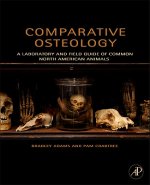
Comparative Osteology
80.06 € -
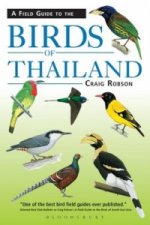
Field Guide to the Birds of Thailand
46.88 € -4 % -

Bumblebees
32.36 € -
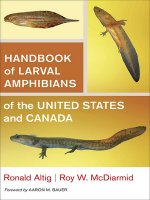
Handbook of Larval Amphibians of the United States and Canada
113.65 € -
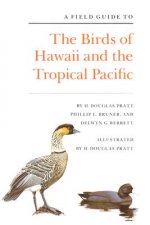
Field Guide to the Birds of Hawaii and the Tropical Pacific
52.66 € -2 % -
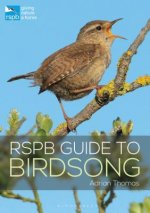
RSPB Guide to Birdsong
19.37 € -20 % -

Why Big Fierce Animals Are Rare
16.23 € -19 % -

Principles of Thermal Ecology: Temperature, Energy and Life
98.73 € -
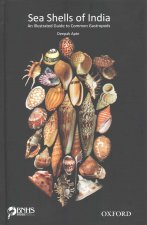
Sea Shells of India
58.44 € -
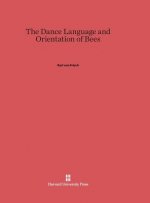
Dance Language and Orientation of Bees
85.24 € -

Solitary wasps
36.73 € -

Prairie Dog Empire
22.11 € -3 % -
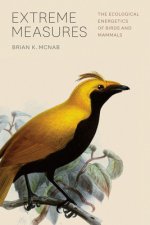
Extreme Measures - The Ecological Energetics of Birds and Mammals
58.95 € -

National Audubon Society Guide to Marine Mammals of the World
34.09 € -16 % -
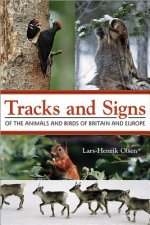
Tracks and Signs of the Animals and Birds of Britain and Europe
41.70 € -

Chimpanzee Politics
37.13 € -
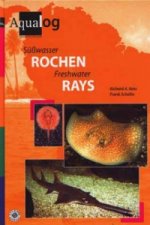
Aqualog Freshwater Rays
28.41 € -4 % -
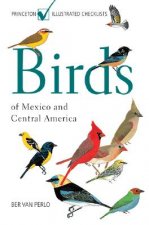
Birds of Mexico and Central America
26.58 € -19 % -

Fishes of the Maldives
54.89 € -
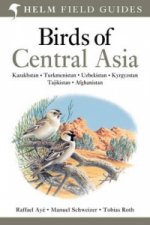
Birds of Central Asia
50.22 € -4 % -
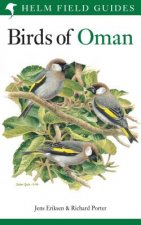
Birds of Oman
43.53 € -5 % -
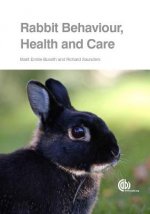
Rabbit Behaviour, Health and Care
29.52 € -5 % -
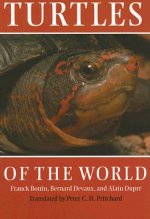
Turtles of the World
72.65 € -
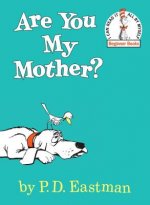
Are You My Mother?
9.43 € -17 % -
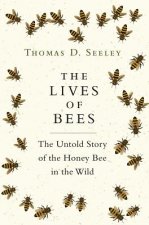
Lives of Bees
37.44 € -
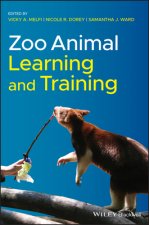
Zoo Animal Learning and Training
72.35 €
Osobný odber Bratislava a 2642 dalších
Copyright ©2008-24 najlacnejsie-knihy.sk Všetky práva vyhradenéSúkromieCookies



 21 miliónov titulov
21 miliónov titulov Vrátenie do mesiaca
Vrátenie do mesiaca 02/210 210 99 (8-15.30h)
02/210 210 99 (8-15.30h)